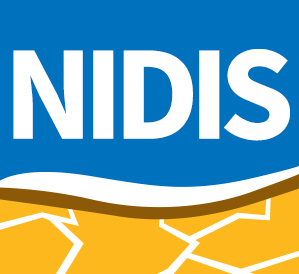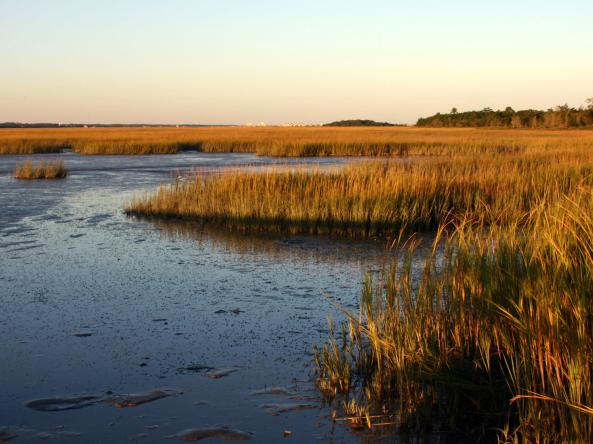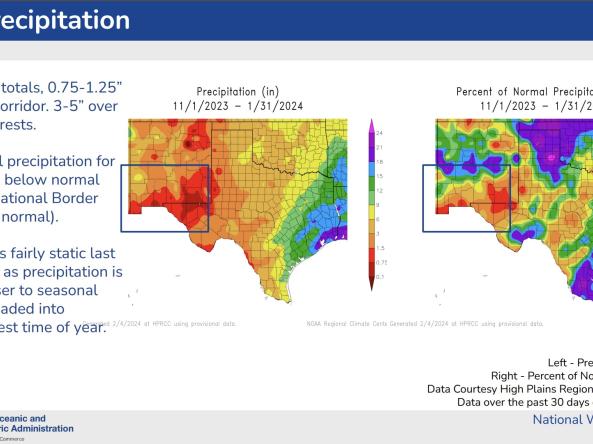For the latest forecasts and critical weather information, visit weather.gov.
This webinar will provide an update on current drought conditions and snow drought in the Intermountain West (Arizona, Colorado, New Mexico, Utah, Wyoming).
The Southeast U.S. continues to be warmer than normal across much of the region. Drought is largely absent, and many rivers and creeks experienced flooding over the last month.
Warm and wet conditions are expected to continue through the spring and early summer. Drought is not expected to re-emerge widely across the region, although water demand is increasing as we transition into the spring. There is a slightly above-normal risk for river flooding.
This webinar will provide an update on current drought conditions and snow drought in the Intermountain West (Arizona, Colorado, New Mexico, Utah, Wyoming).
March has been warm, with above average temperatures across most of the region. Many rivers and creeks had flooding in the last month, and drought has largely been eliminated. Spring is here, so temperatures are warming and demand for water increases as plants leaf out. This should help to temper flooding the further into spring we get.
The purpose of this webinar was to increase awareness and utilization of the new COMET training module that teaches National Weather Service (NWS) operational staff to review the appropriate drought products and tools, then craft effective and regionally-specific drought messaging.
This webinar will provide an update on current drought conditions and snow drought in the Intermountain West (Arizona, Colorado, New Mexico, Utah, Wyoming).
El Niño reached “very strong” intensity during the winter months and impacted weather and climate patterns across the Southeast as anticipated. Increased precipitation events and storminess resulted in the elimination of drought across most of the region and produced widespread minor flooding and numerous moderate and major floods over the last month. Looking ahead, river flood risk is expected to stay above normal as we approach spring and El Niño continues to keep the southeast U.S. active.
The U.S. Environmental Protection Agency's (EPA's) Water Infrastructure and Cyber Resilience Division—along with partners from the Water Information Sharing and Analysis Center and Federal Bureau of Investigation—is offering a virtual threat briefing that will be held on February 27, 2024.
The Southeast Climate monthly webinar series provides the Southeast region with timely information on current and developing climate conditions such as drought, floods, and tropical storms, as well as climatic events like El Niño and La Niña.
The Southeast Climate monthly webinar series provides the Southeast region with timely information on current and developing climate conditions such as drought, floods, and tropical storms, as well as climatic events like El Niño and La Niña.



